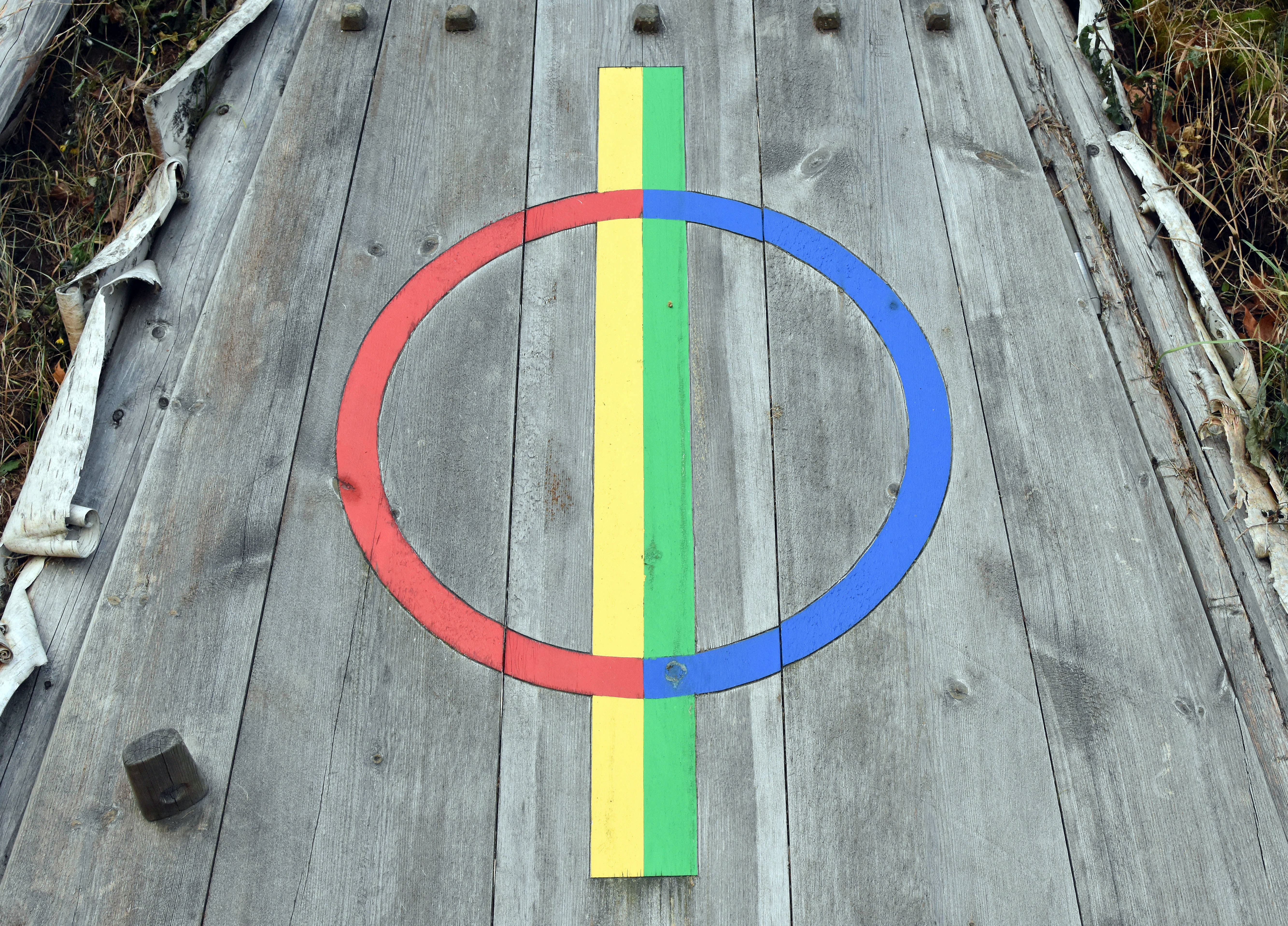South Saami Memory Culture:
The Dynamics of Indigenous and Nation-State Identities

The project aims at deepening our understanding of South Saami history and culture. This project is an investigation of how South Saami memory culture is formed, articulated, and applied by various agents in two specific historical cases, where the question of Indigenous or national identity has been especially crucial. The first one is the period of active assimilation/segregation of the Saami into Scandinavian nation-states. The other is the period of the Second World War 1939–45 which highlighted any citizens’ national identity.
The main objective is to analyse how a South Saami identity and memory has been constructed over time through negotiations between the Indigenous and the non-Saami majority society. We ask: How have these two crucial junctures of South Saami history been understood, remembered, interpreted, and used to articulate a sense of South Saami identity, within the South Saami community itself and from the outside?
The processes, experiences and responses of the South Saami community is seen in comparison to other Saami communities, and to the similar processes and challenges lived through by other Indigenous communities in Canada and USA.
We will be collecting and analysing three main types of data: qualitative interviews; archival records and documents; and historiographical texts, historical narratives and analysis. Theoretically, the project seeks to bridge modern memory studies to the field of Indigenous society and culture.
Sub-projects
The processes of assimilation: Experiences and strategies of resistance
World War II and its aftermath in the development of Indigenous identities
